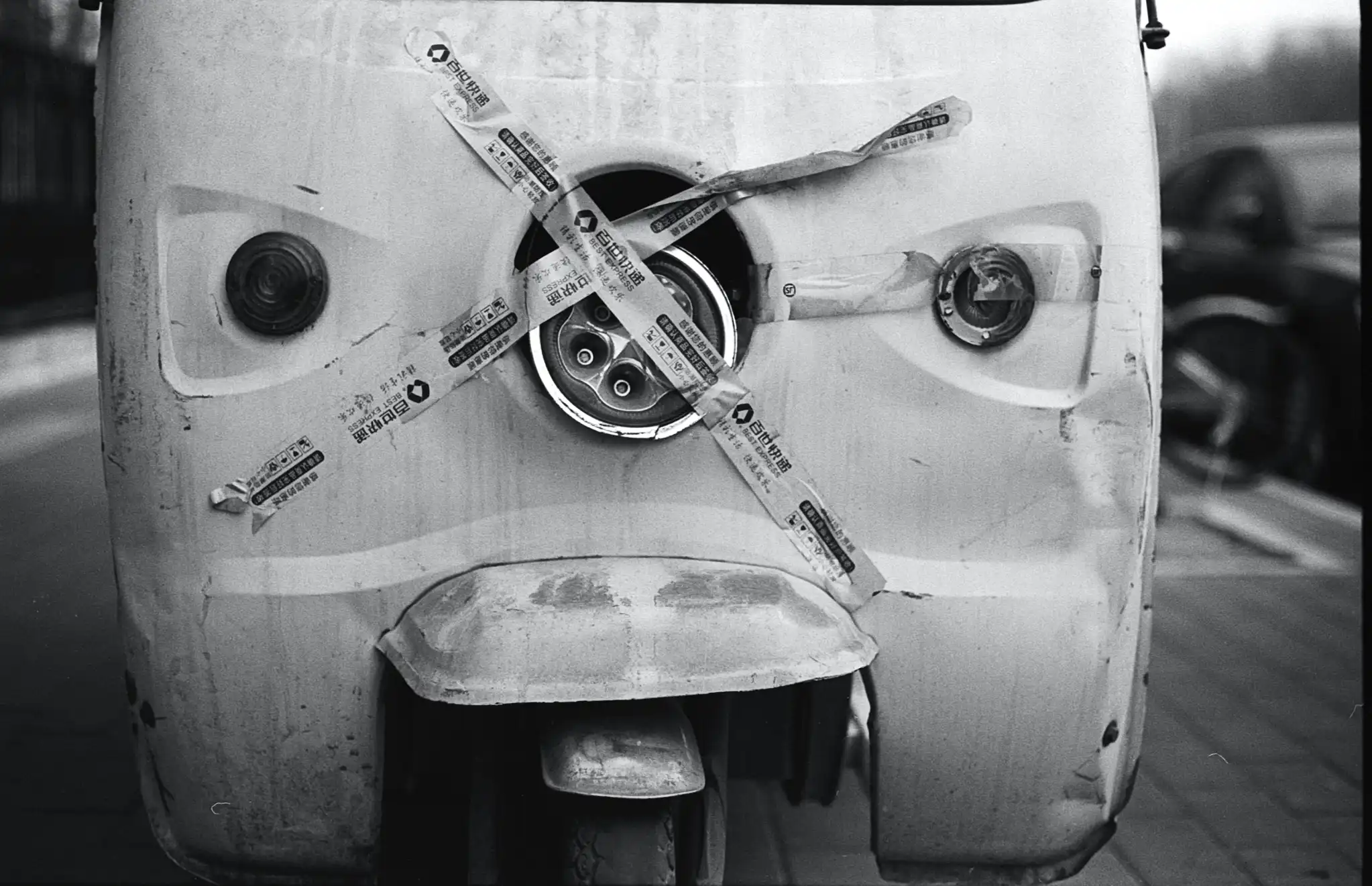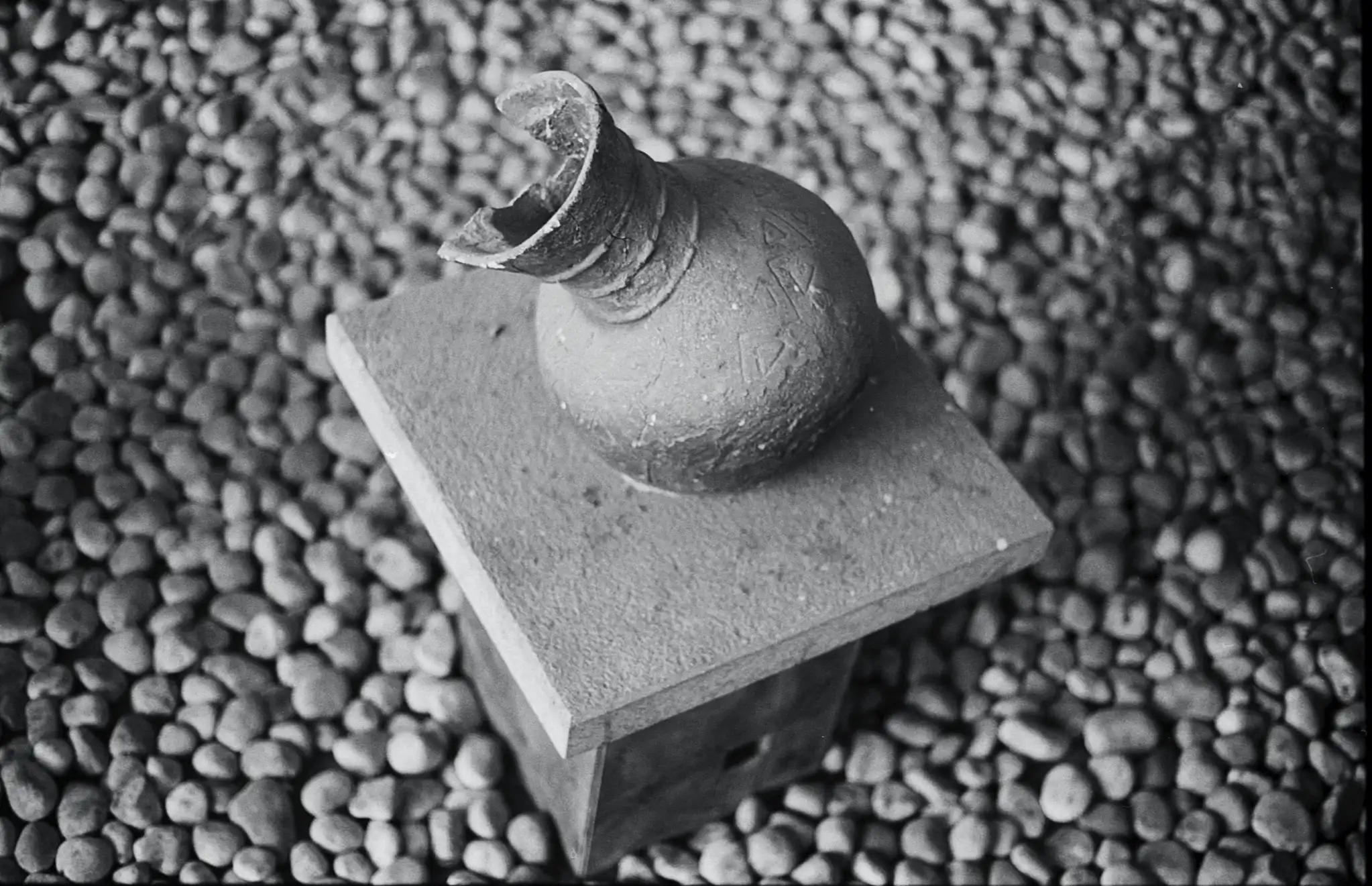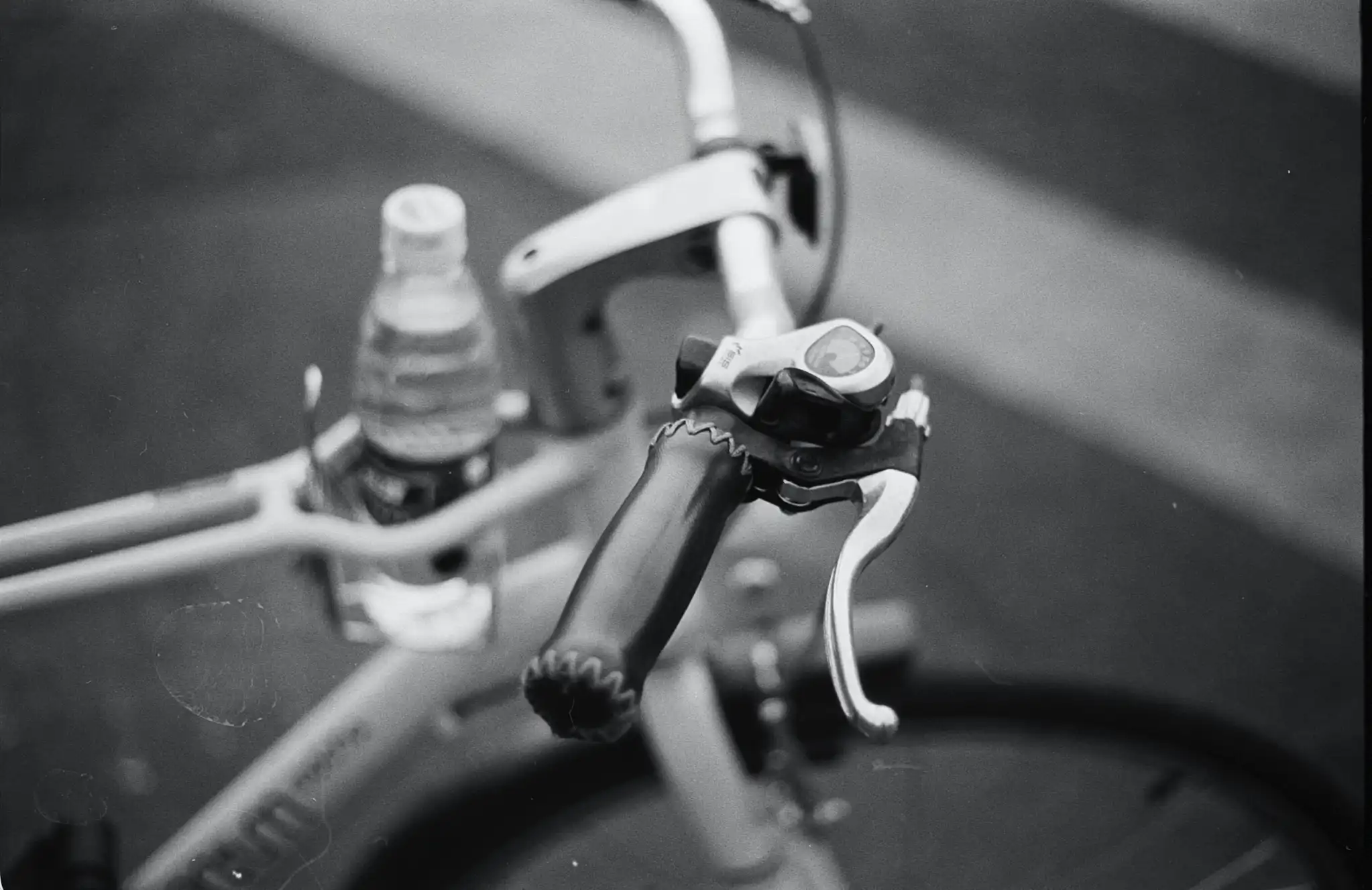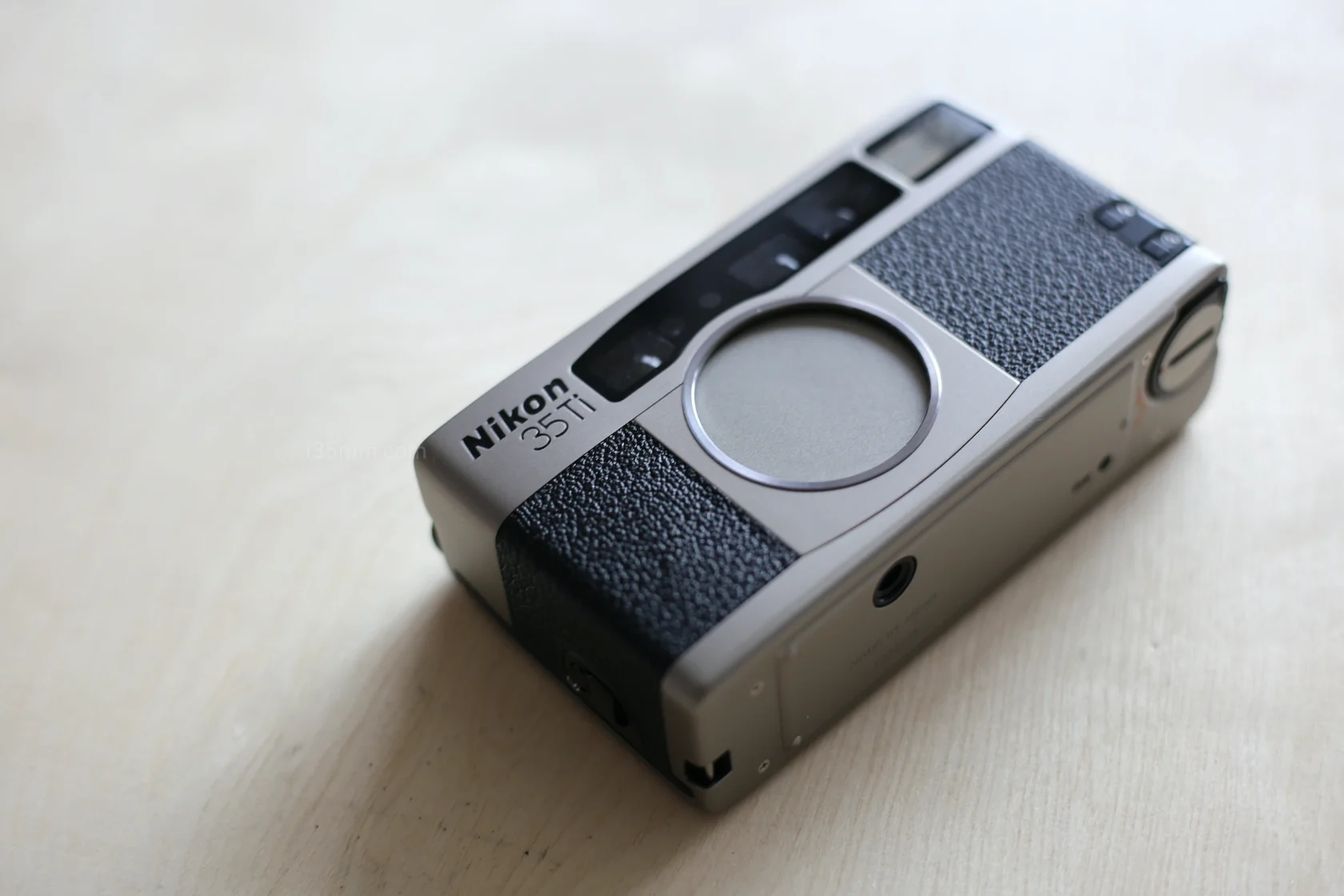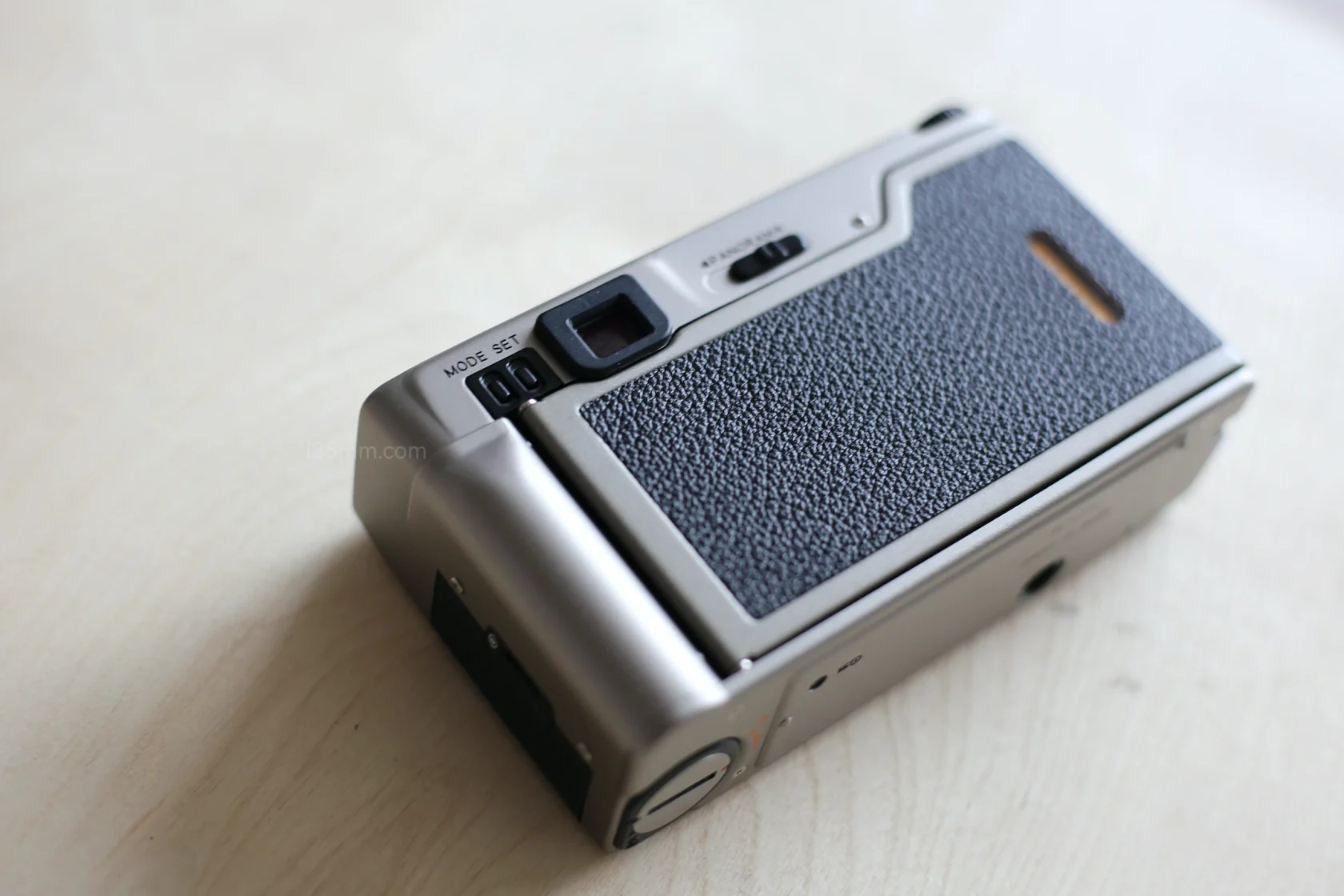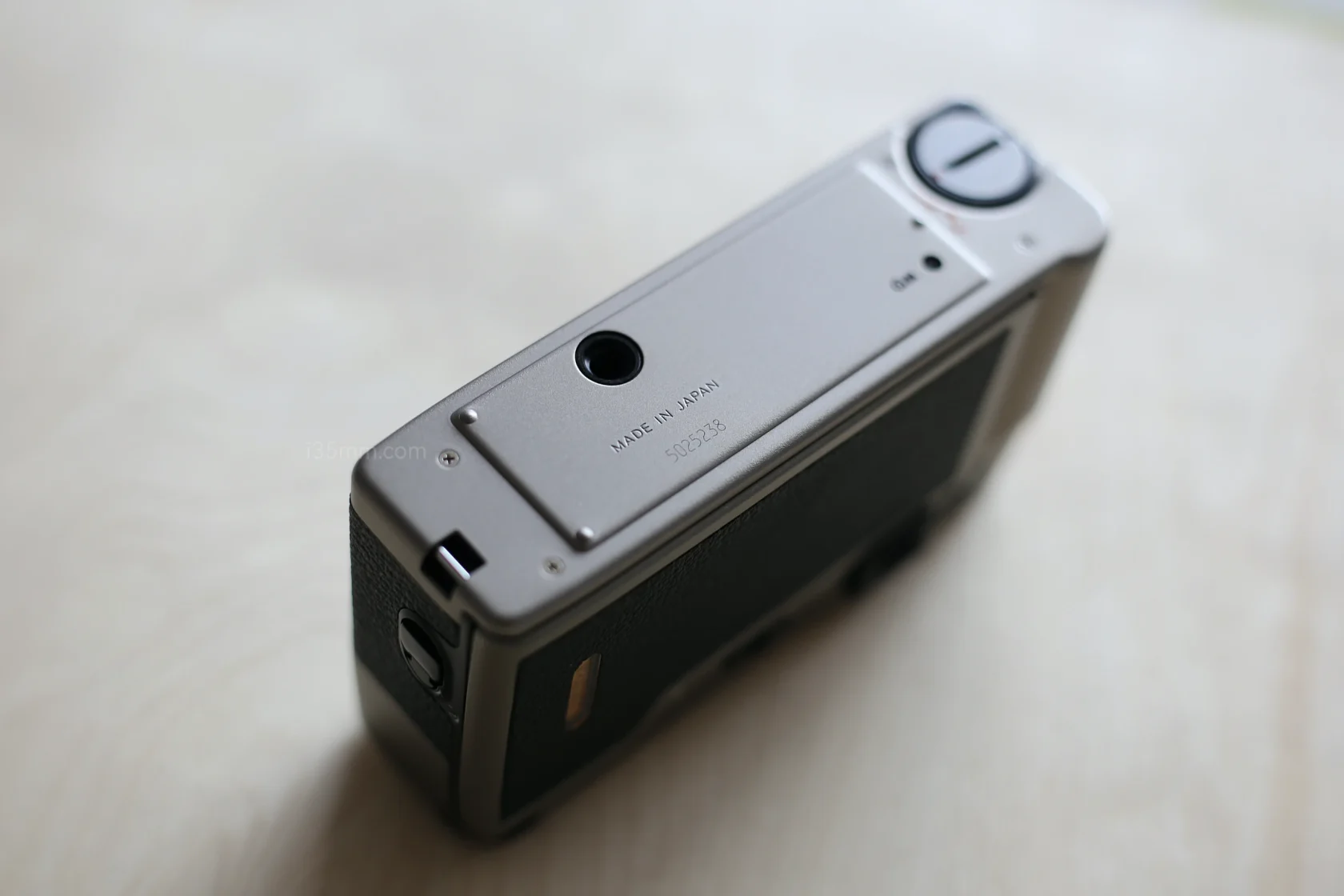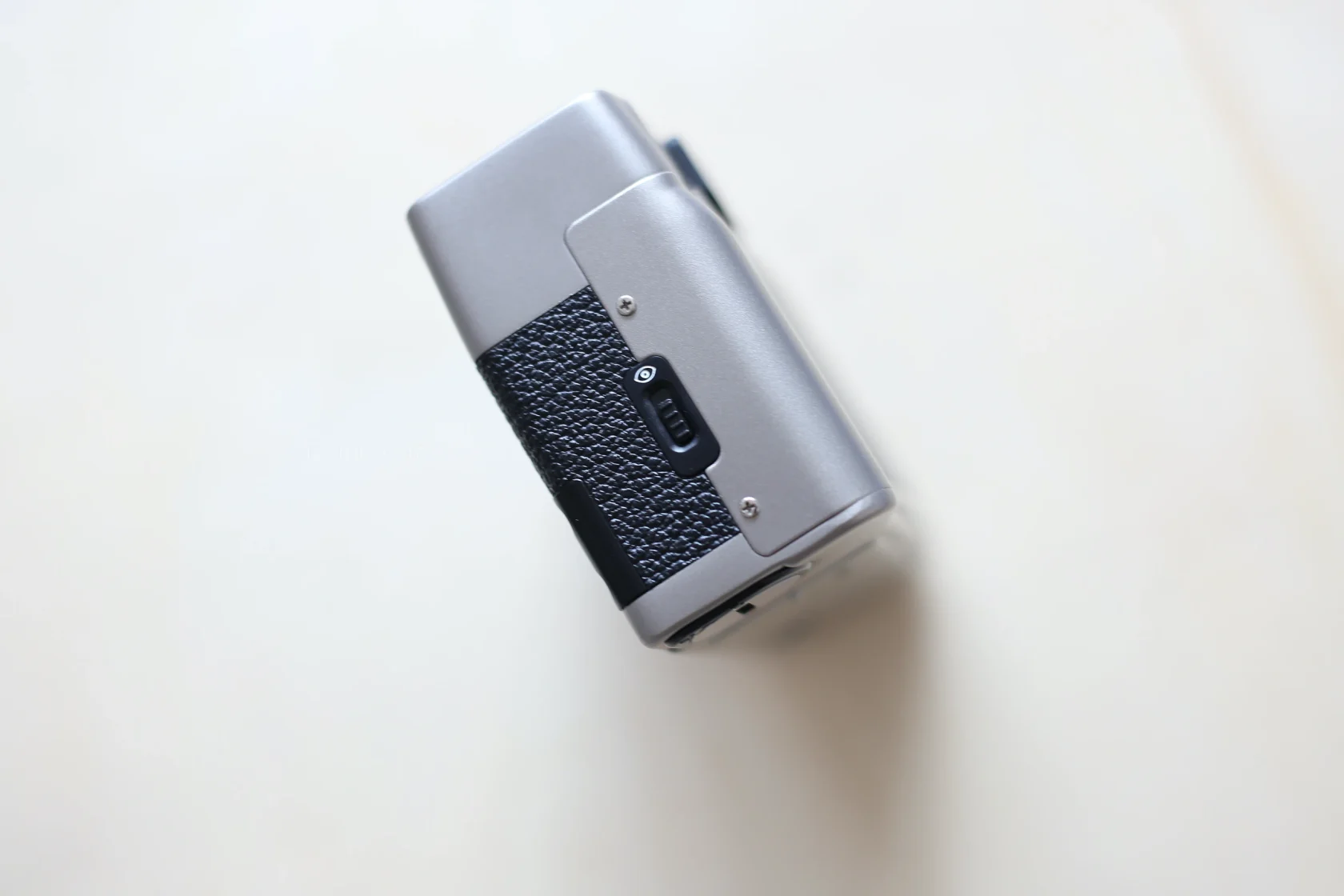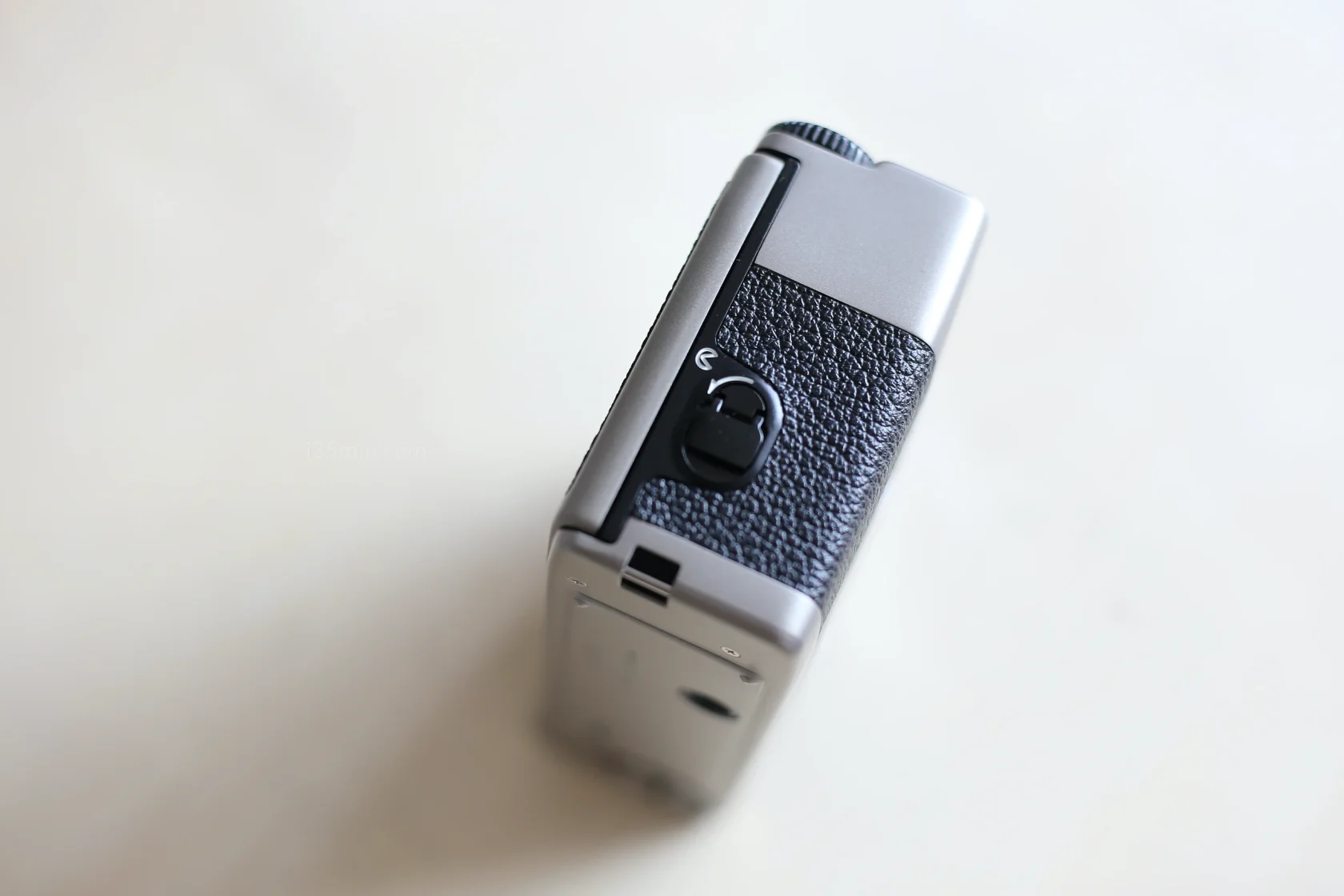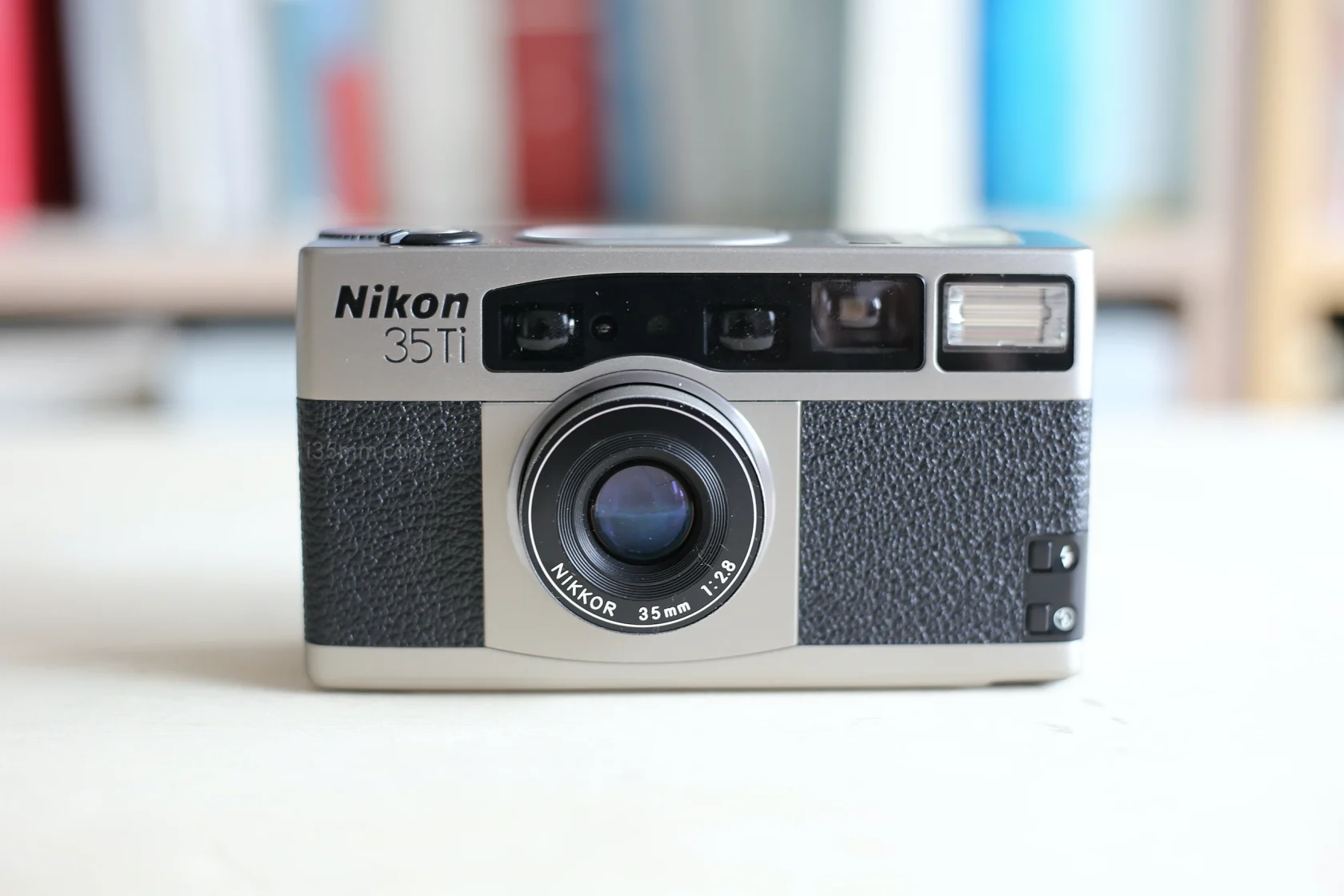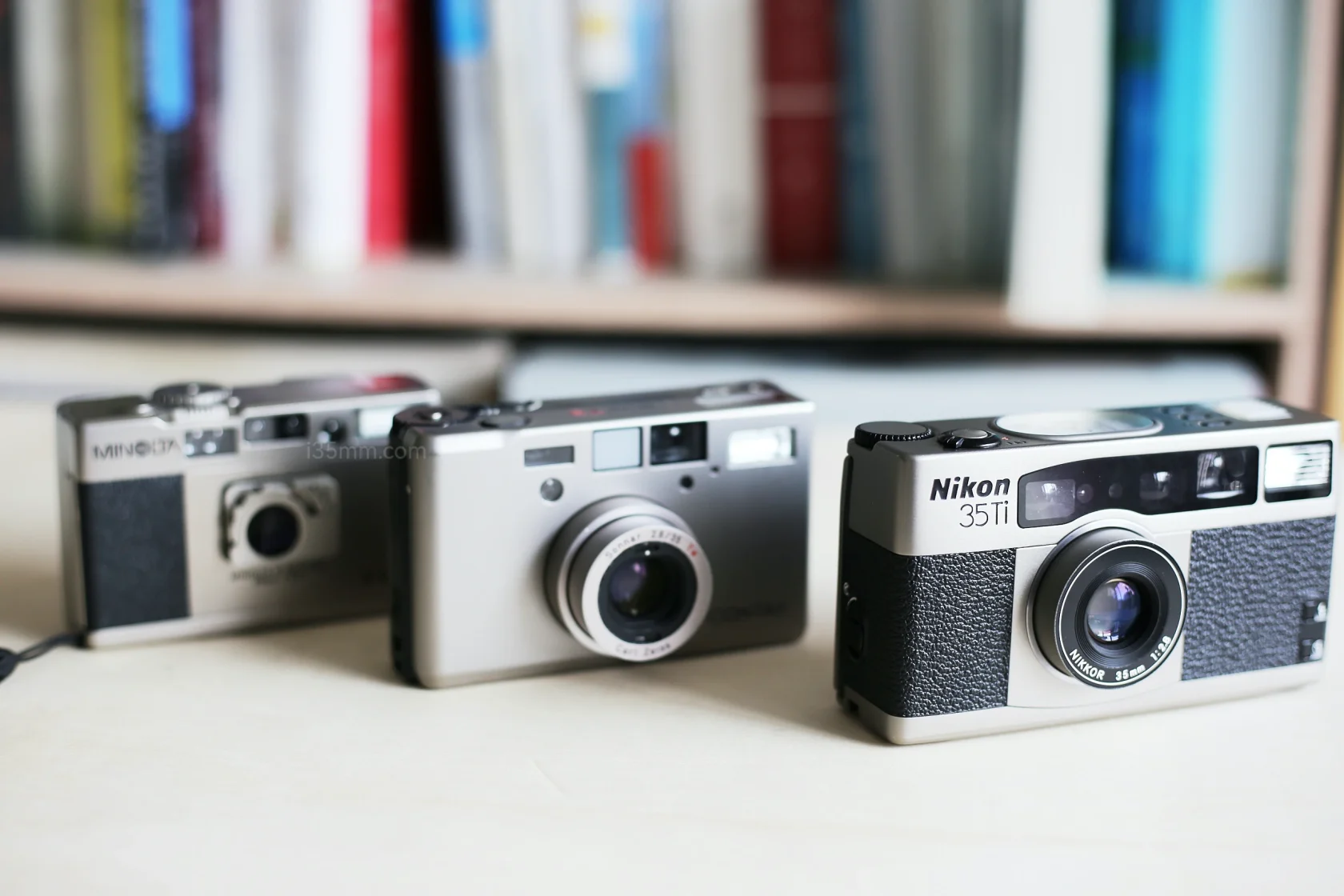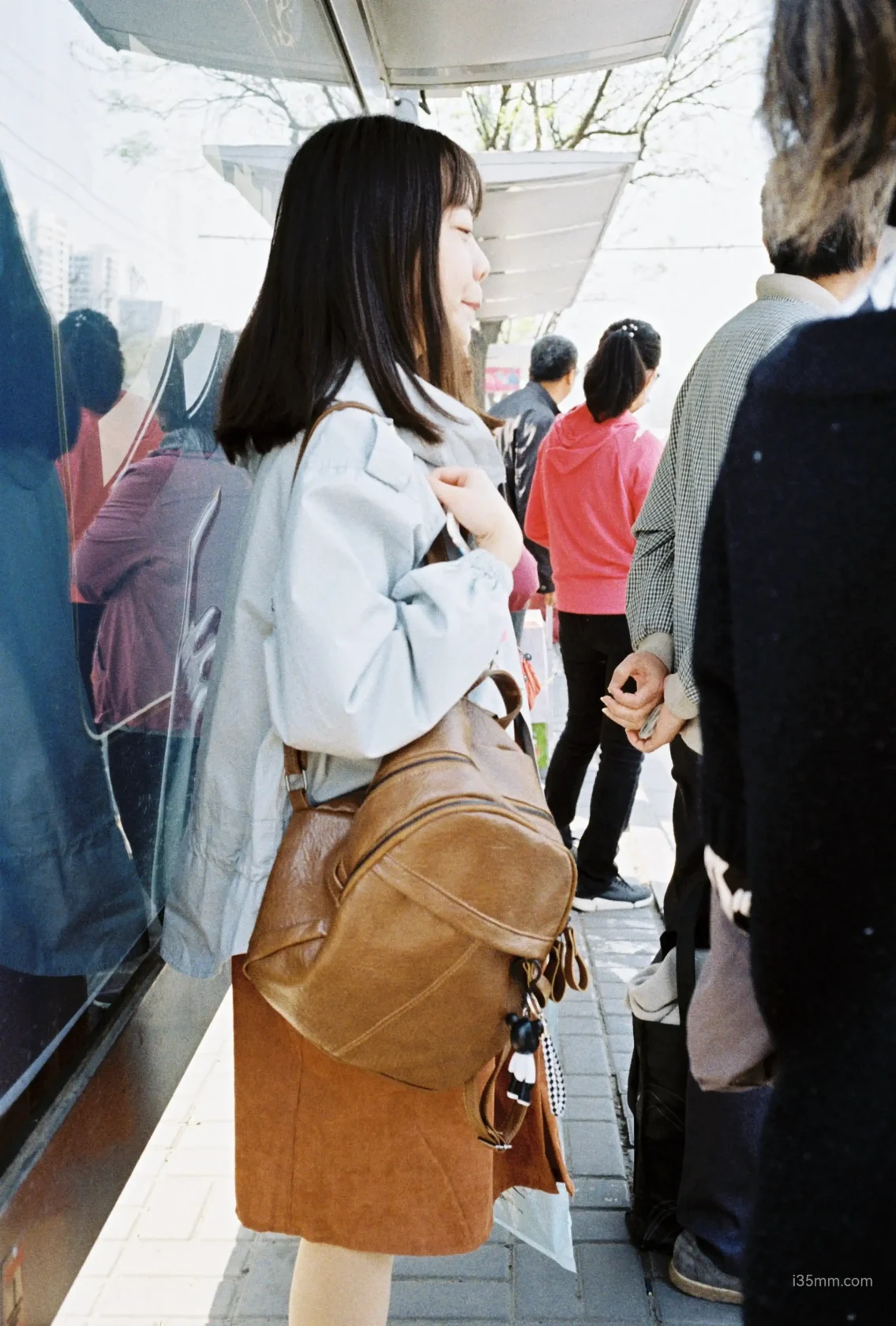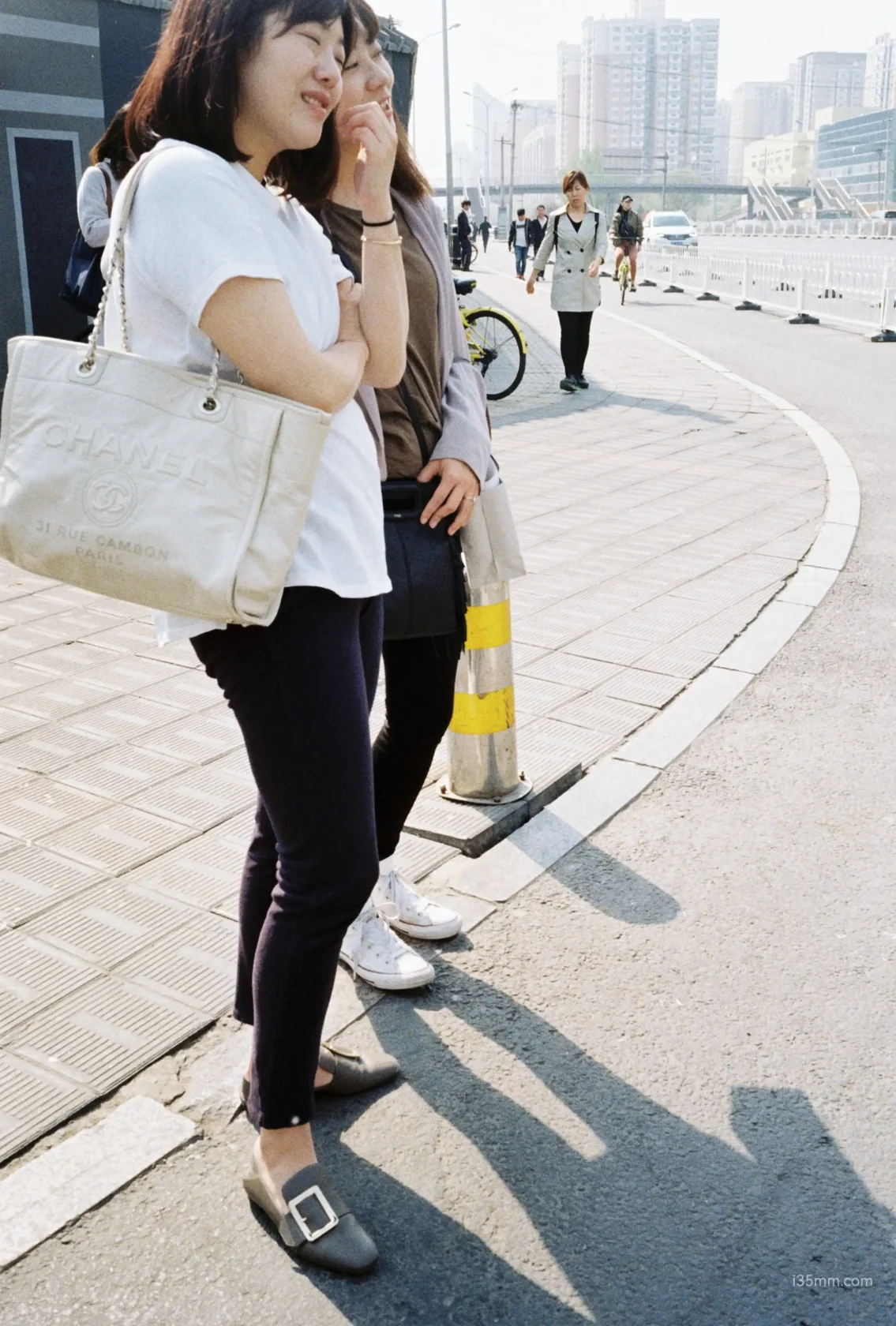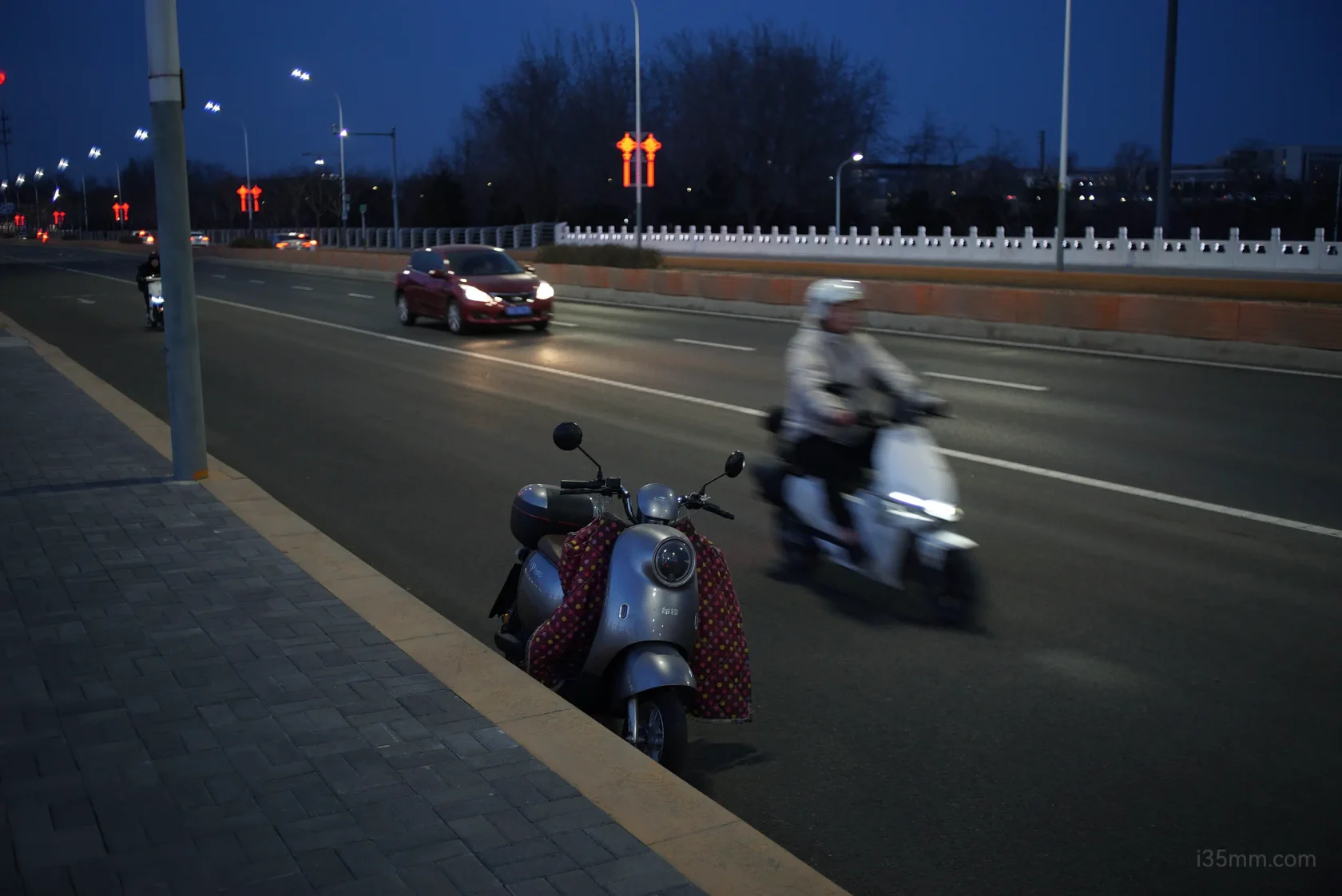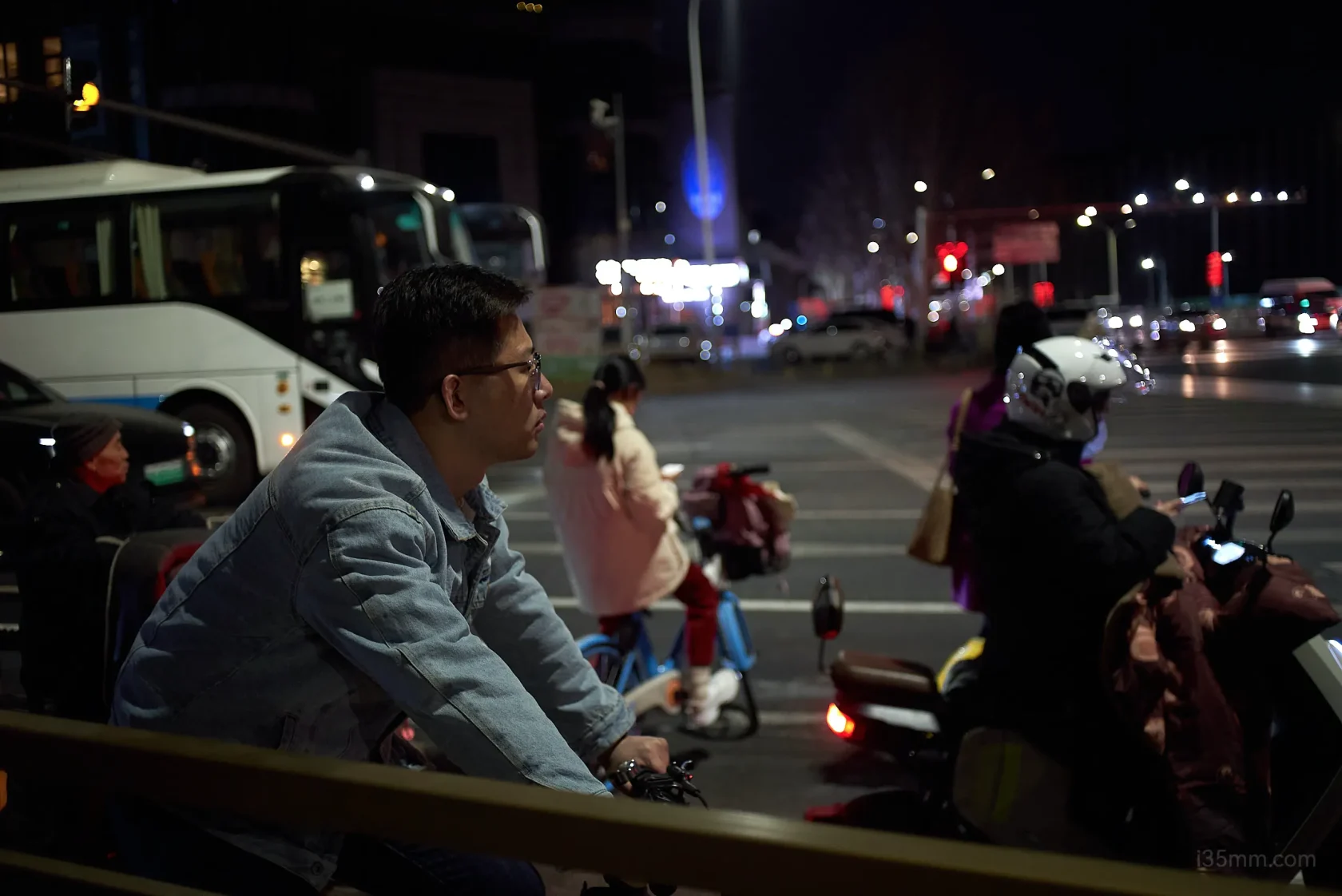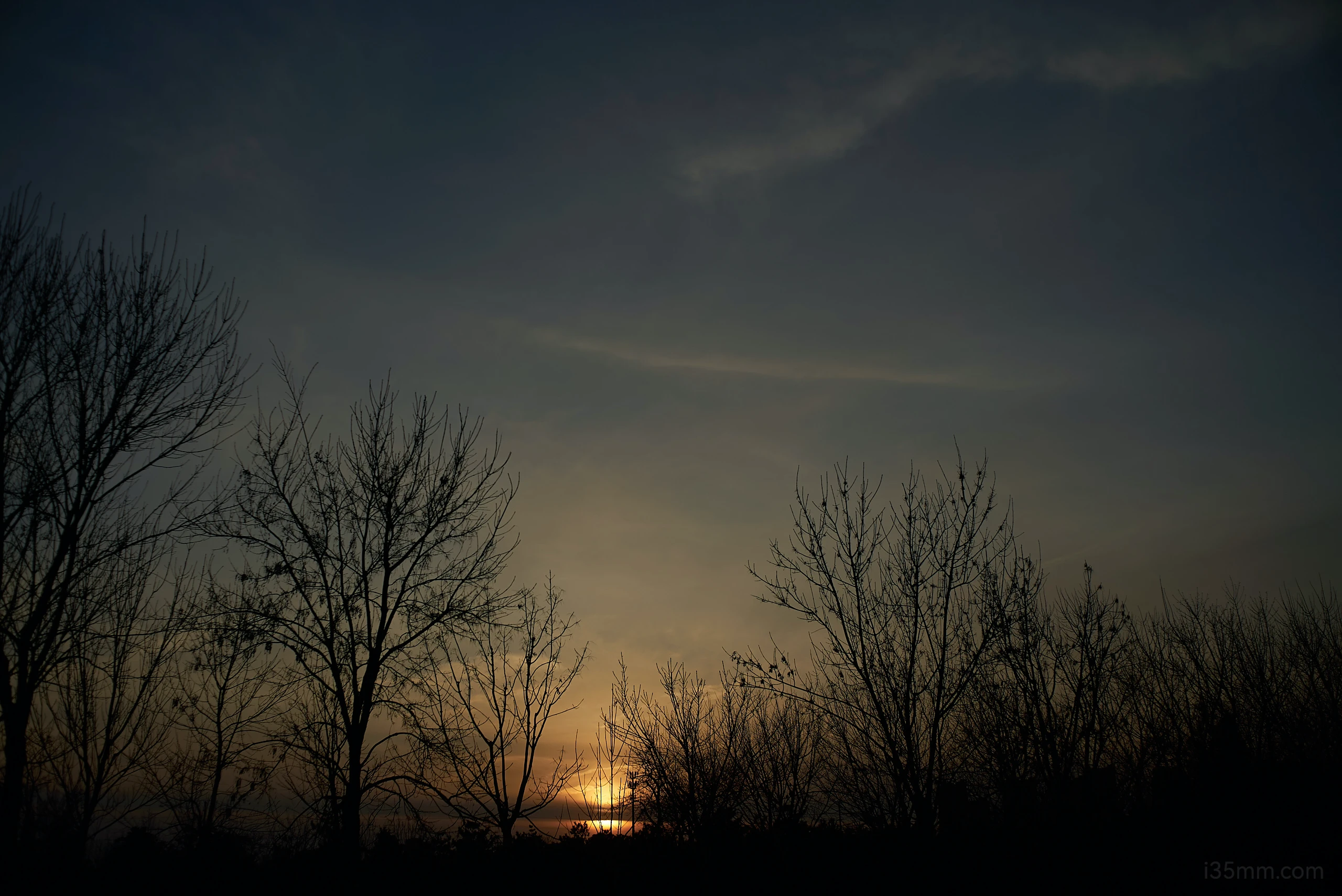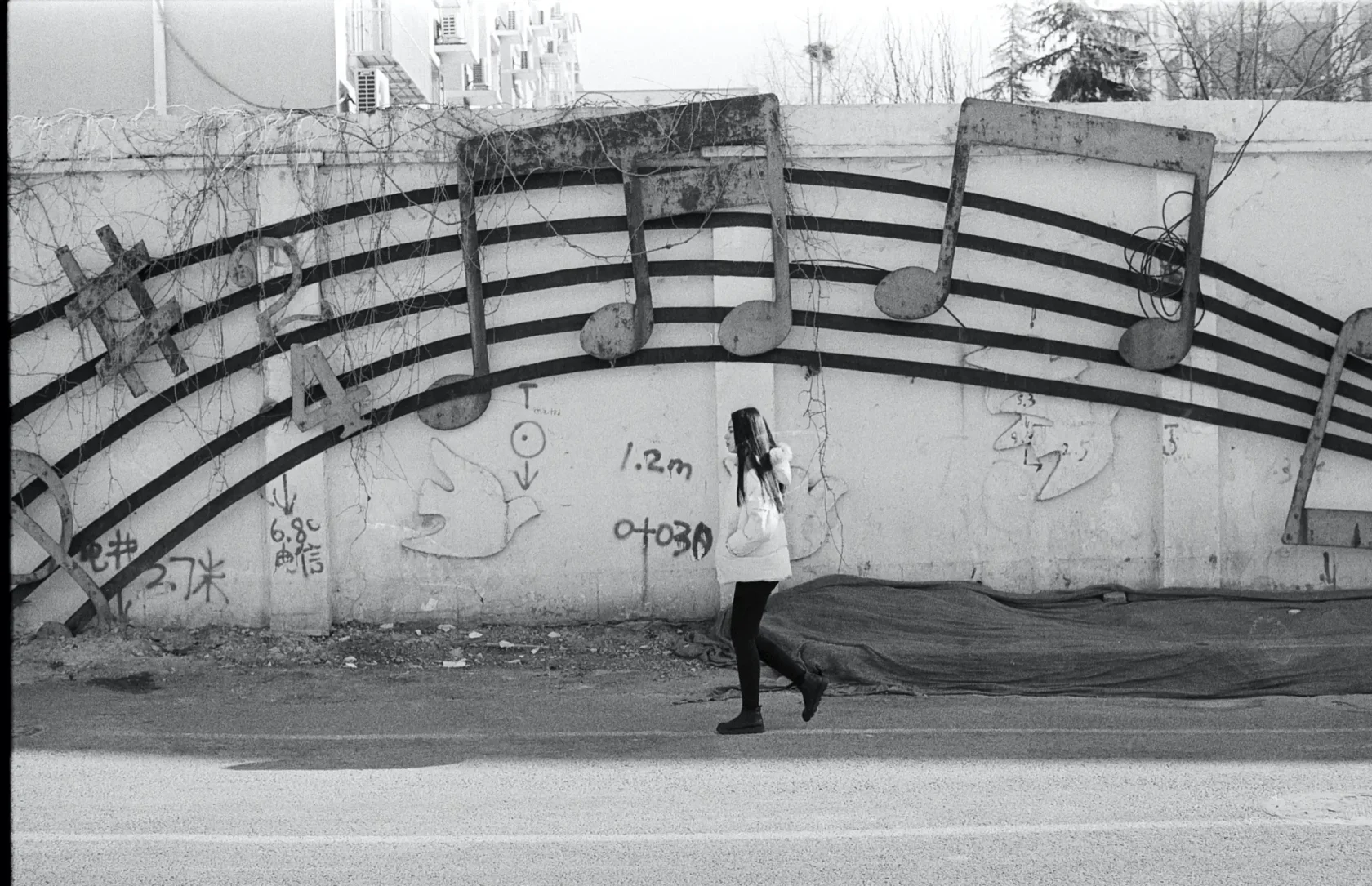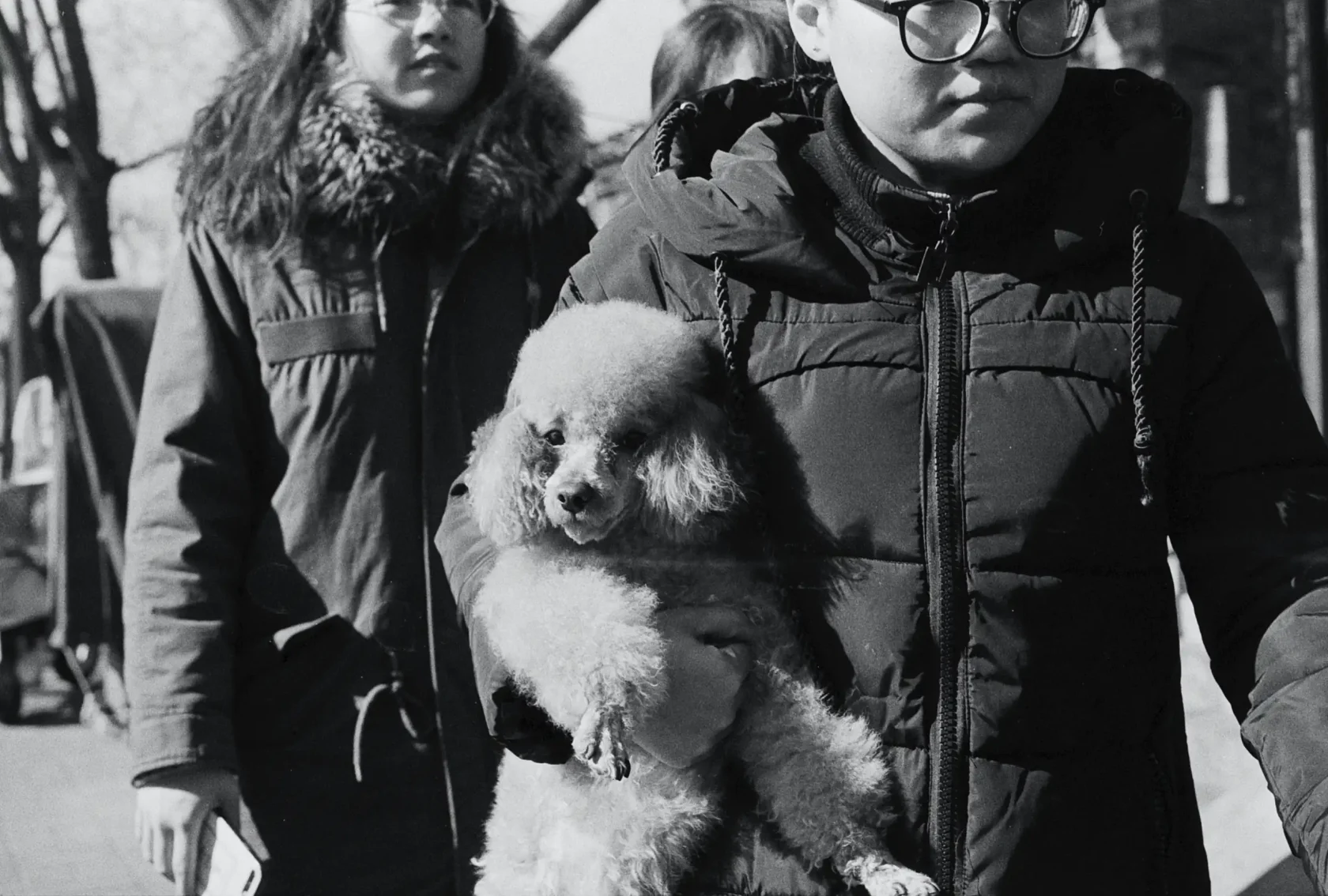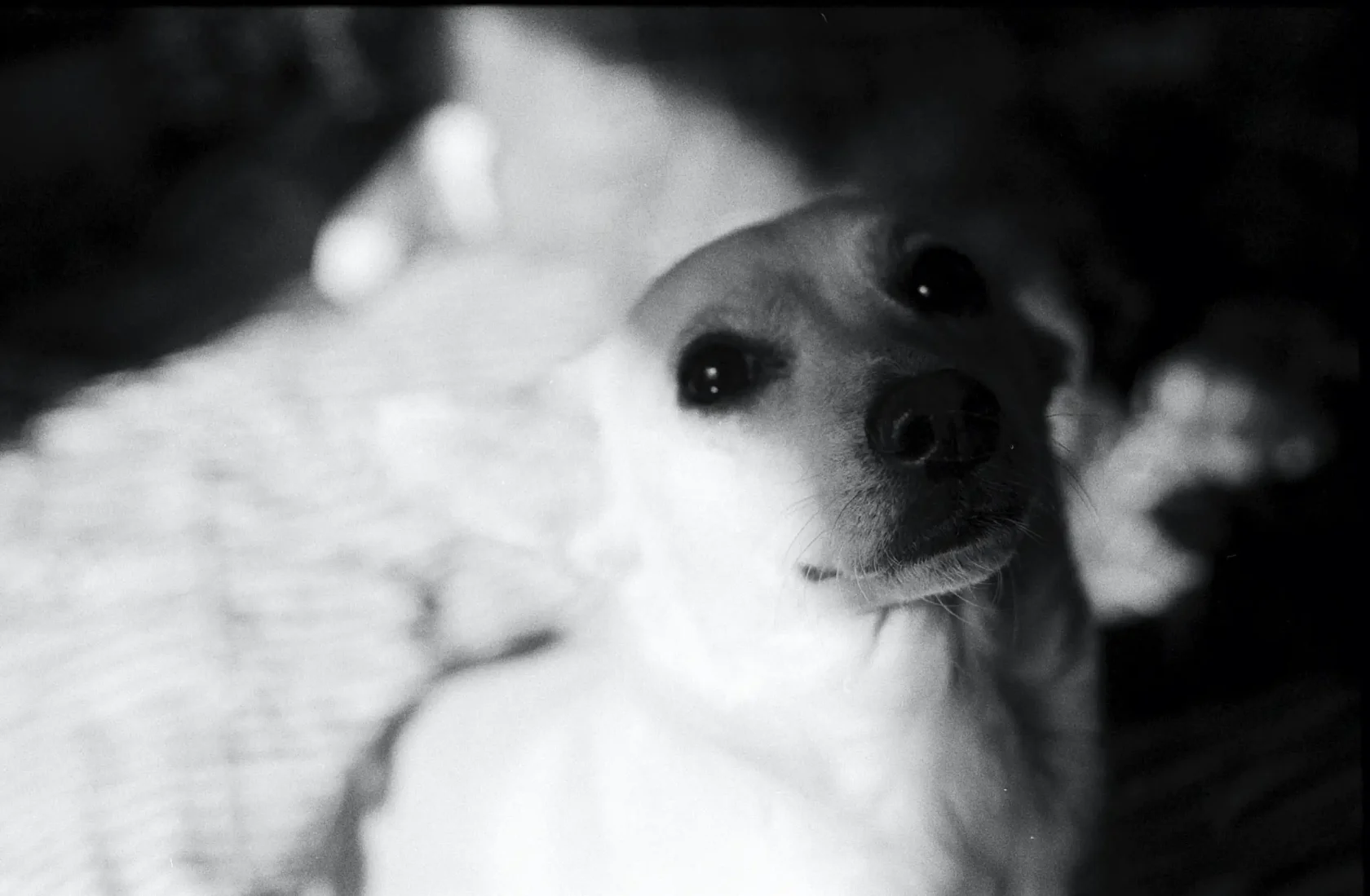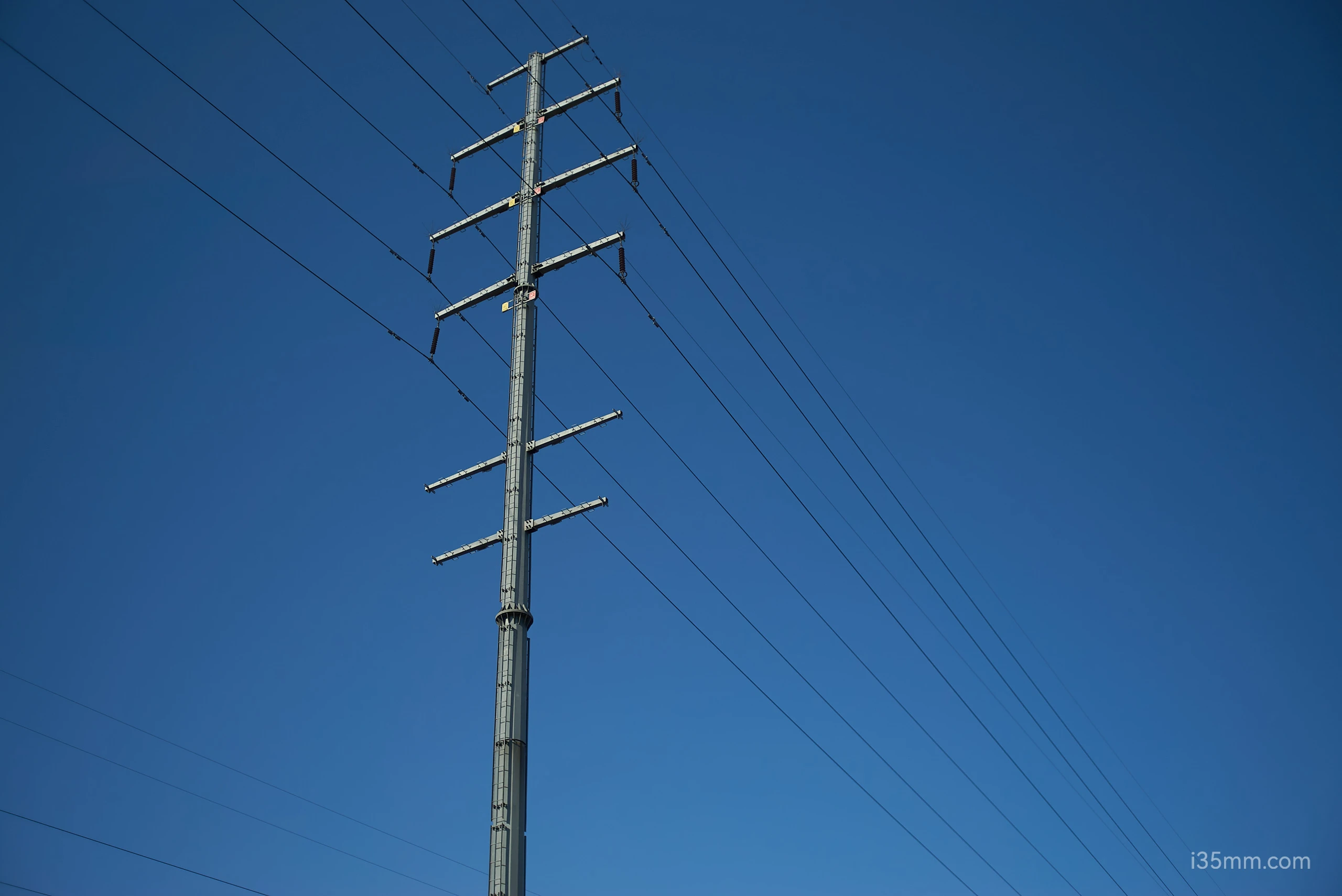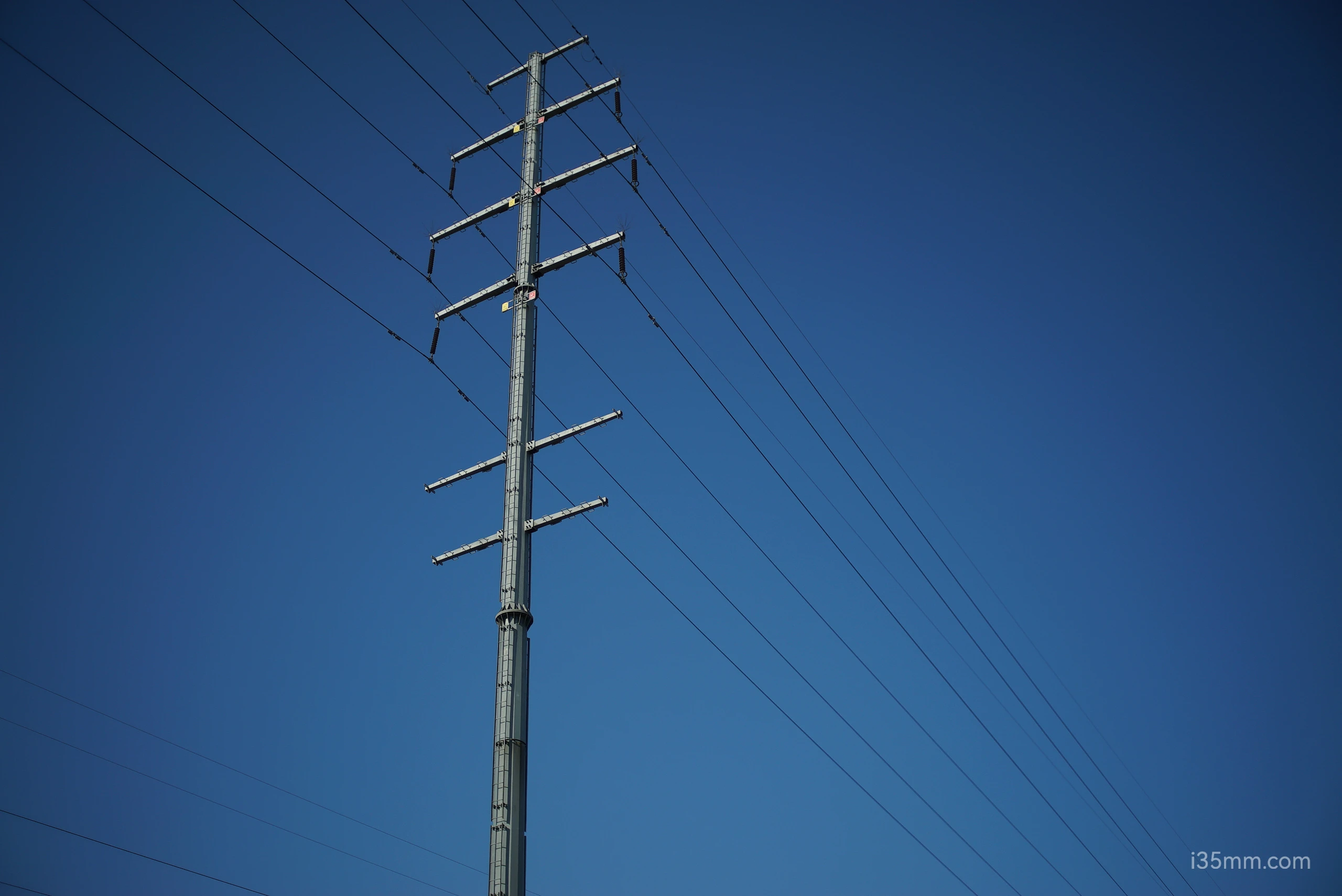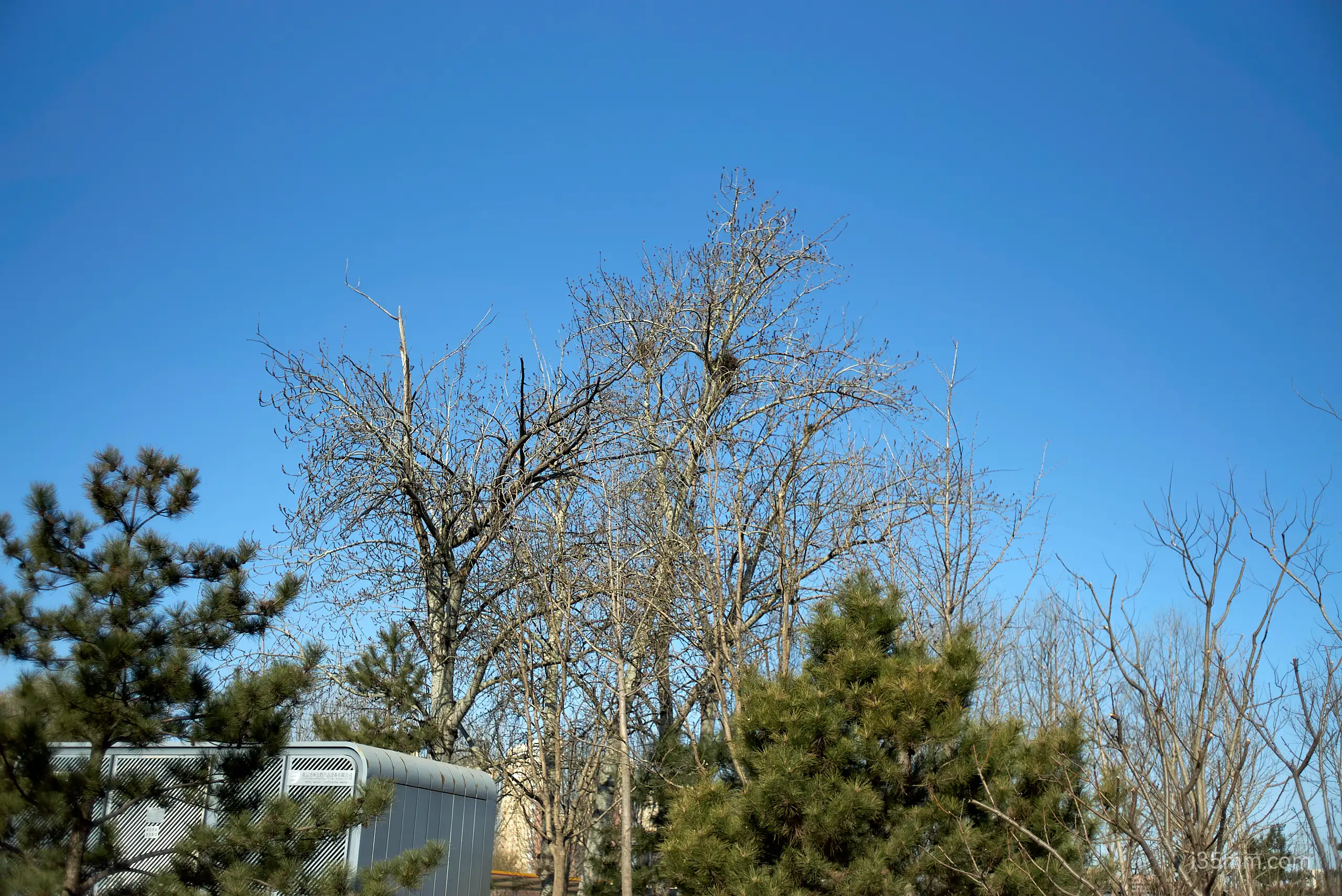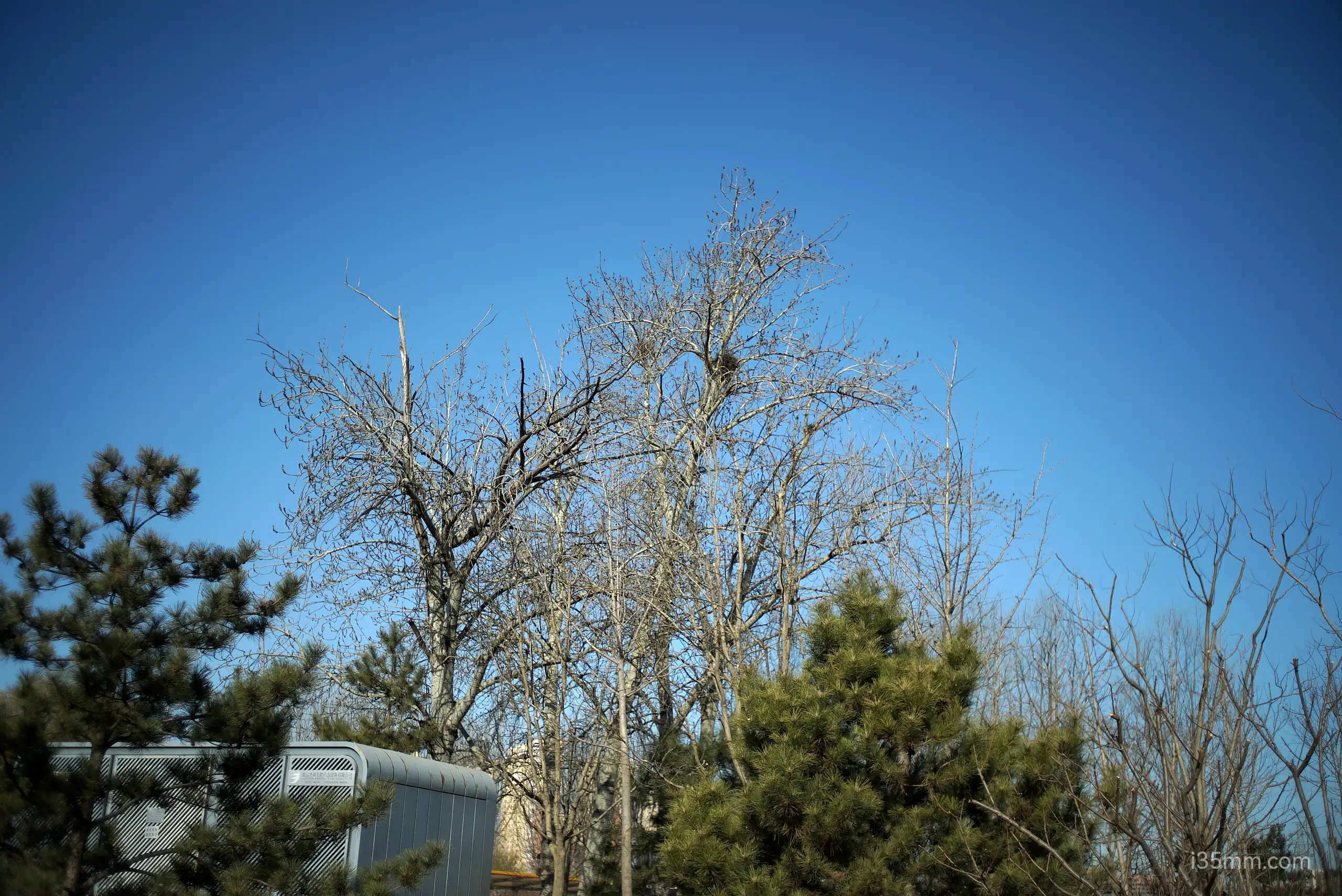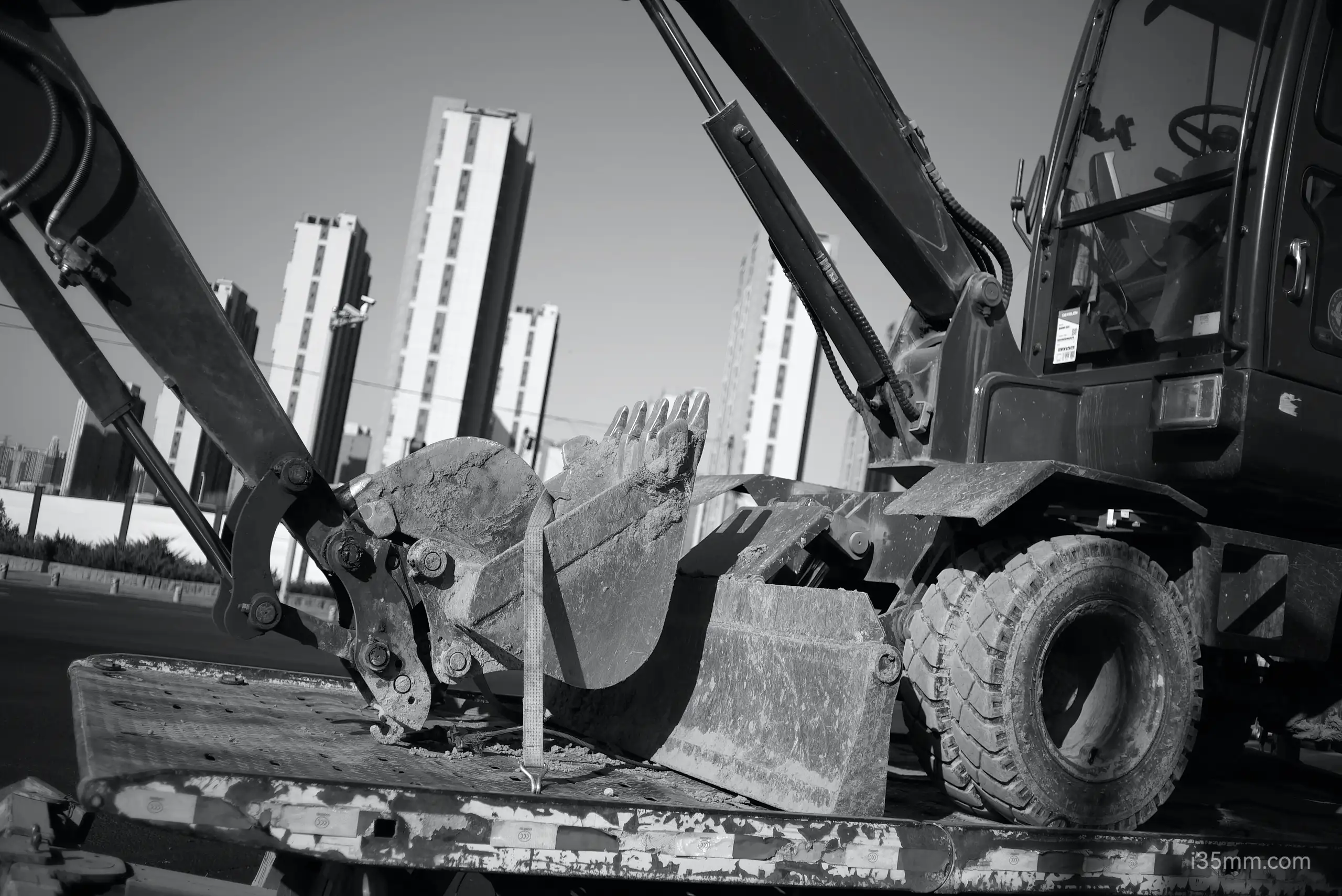
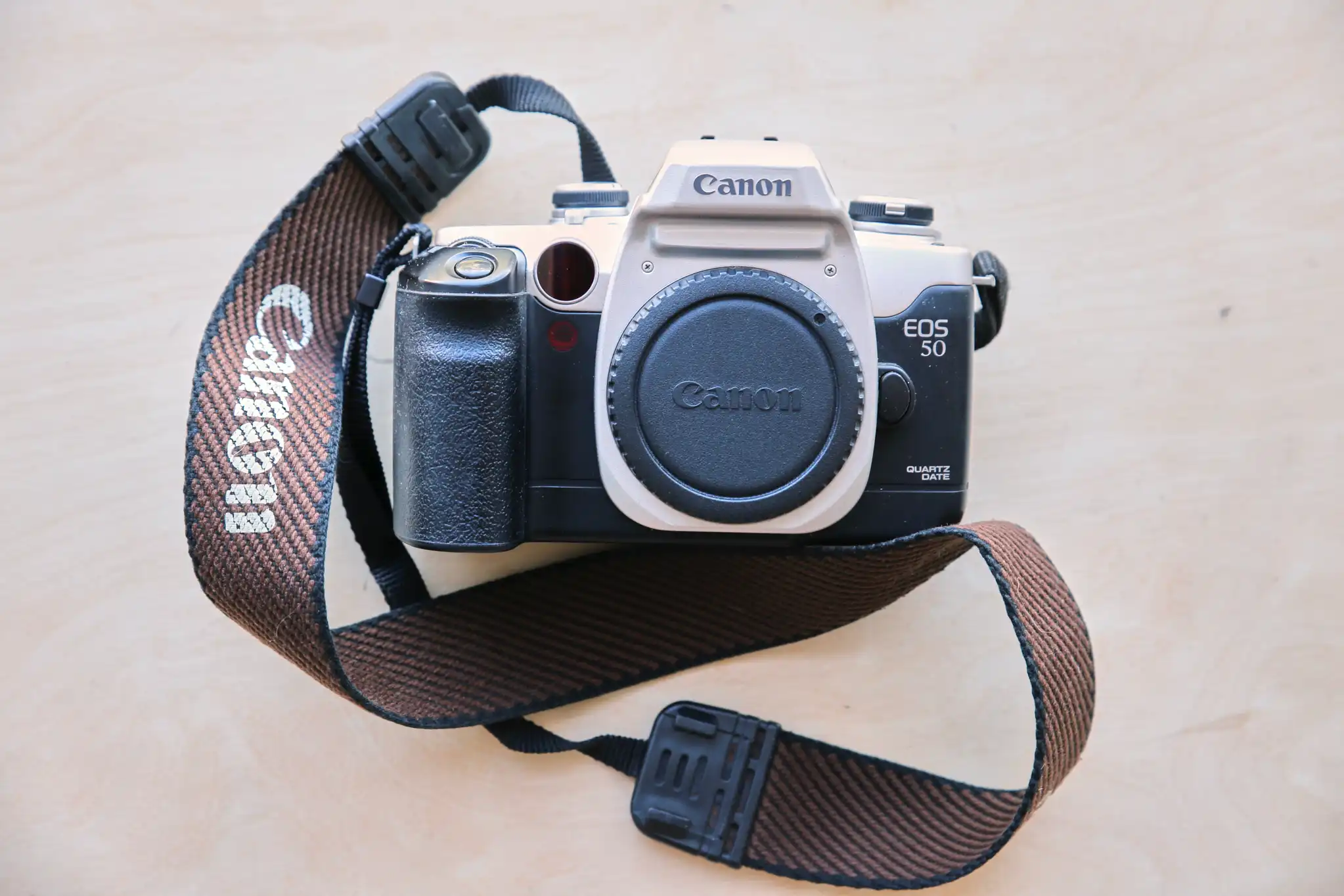
Introduction: When “Vintage” Looks Suspiciously Modern
Let’s face it: most film cameras are either hipster bait (Leica M6) or clunky relics (Nikon F3). The Canon EOS 50? It’s the undercover cop of analog gear. Sleek, plastic, and weirdly modern, this 90s autofocus beast looks like it time-traveled from a 2010 Best Buy shelf. I bought one for less than a fancy dinner, and now I’m questioning all my life choices.
Design: “Plastic? More Like Fantastic”
Specs:
- Weight: 645g (or “light enough to forget you’re holding a camera”).
- Materials: Metal top plate (for flexing), plastic body (for surviving drops).
- Aesthetic: A hybrid of a spaceship and a toaster.
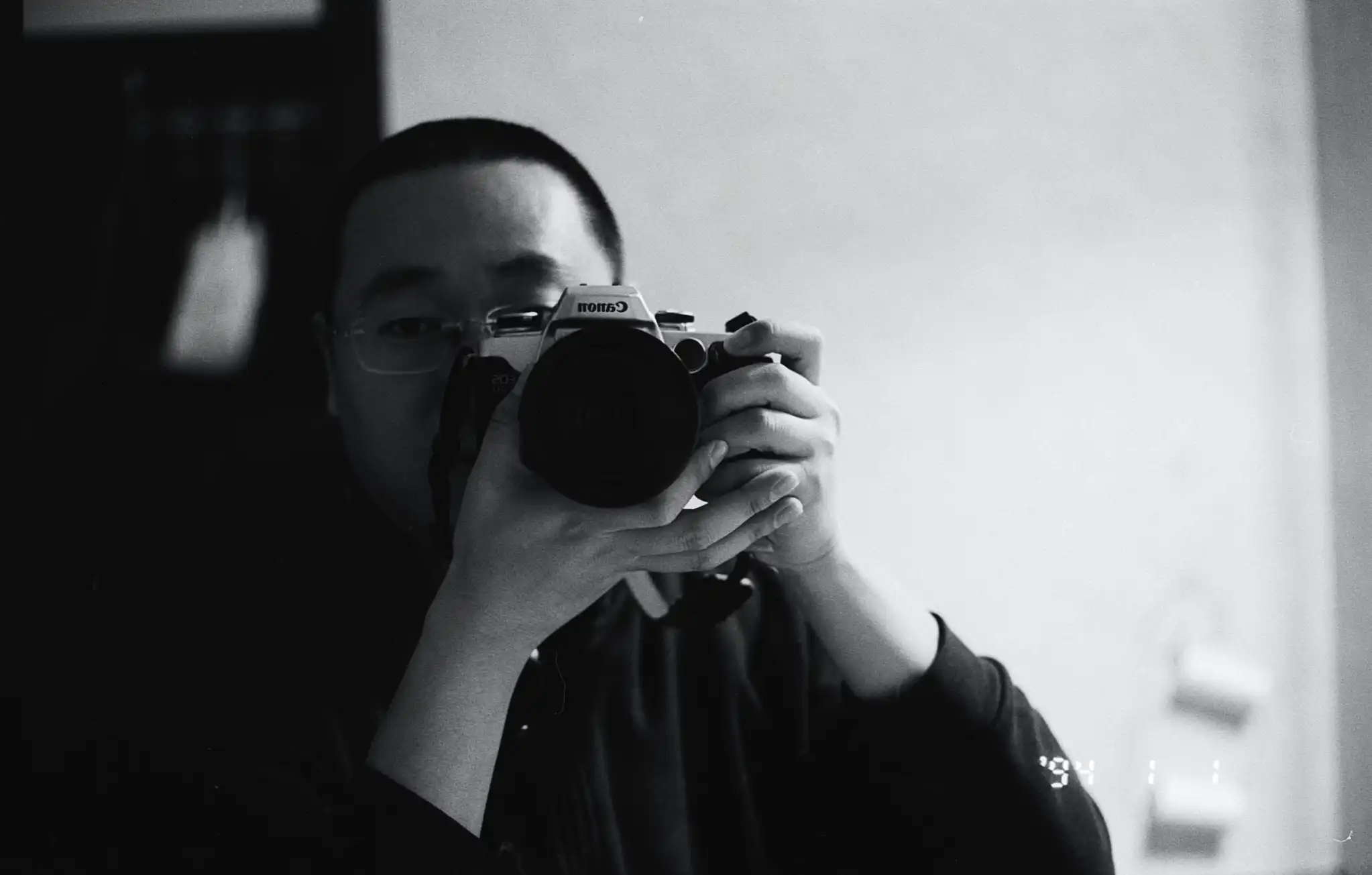
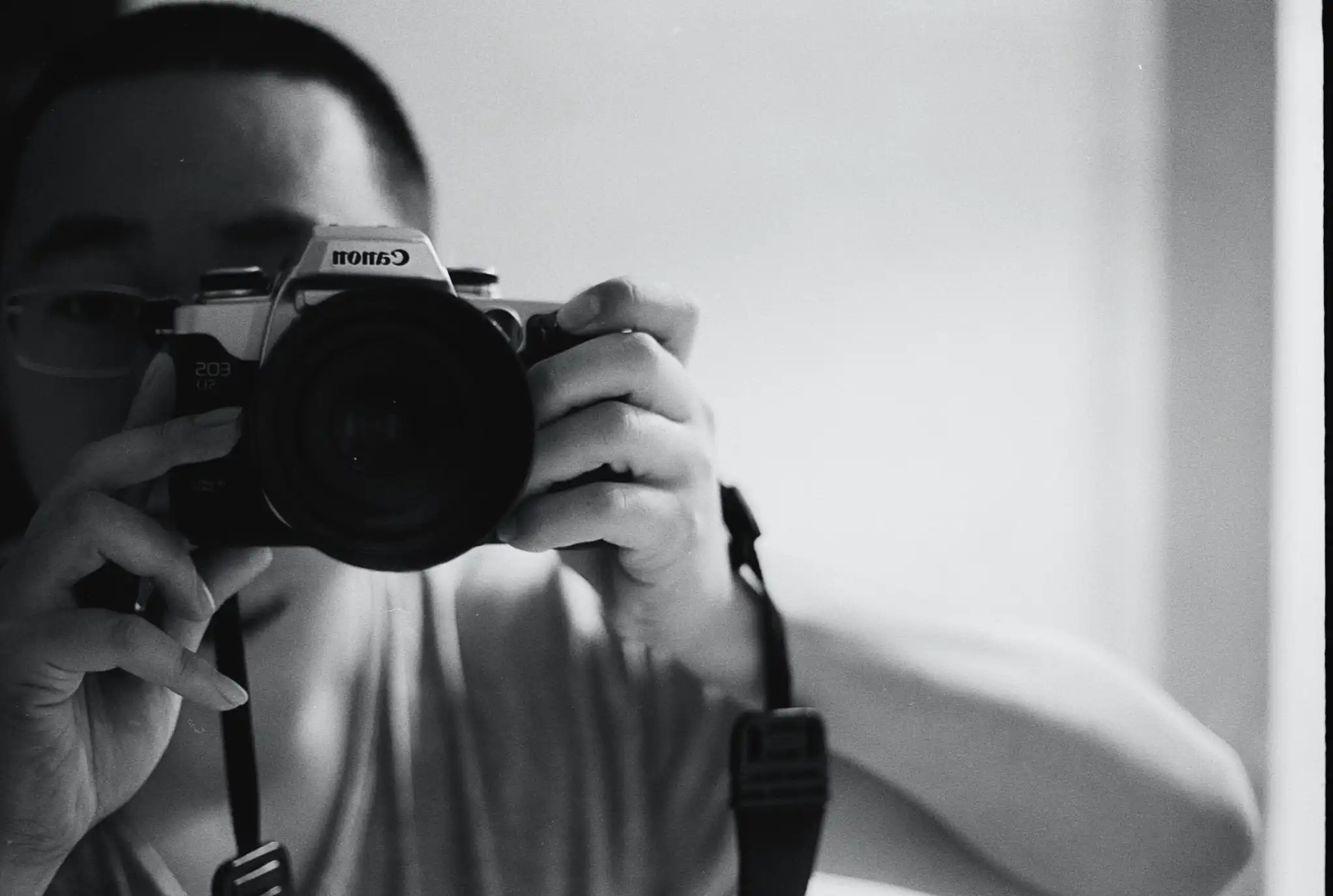
The EOS 50 is proof that Canon knew plastic was the future. The champagne-colored top plate screams “I’m classy!” while the plastic body whispers “I cost $300, and I’m okay with that.”
Pro Tip: If your camera doesn’t look like it belongs in a Star Trek reboot, you’re doing analog wrong.
Controls: “A 6D in Disguise”
The EOS 50’s layout is eerily familiar:
- Top LCD: Displays settings like it’s judging your life choices.
- Rear Dial: Spins smoother than a DJ at a rave.
- AF Point Selector: Lets you pick focus points like a digital camera. Because obviously.
Using this thing feels like driving a Honda Civic—boringly intuitive. No menus. No touchscreens. Just buttons and dials, like the good Lord intended.
